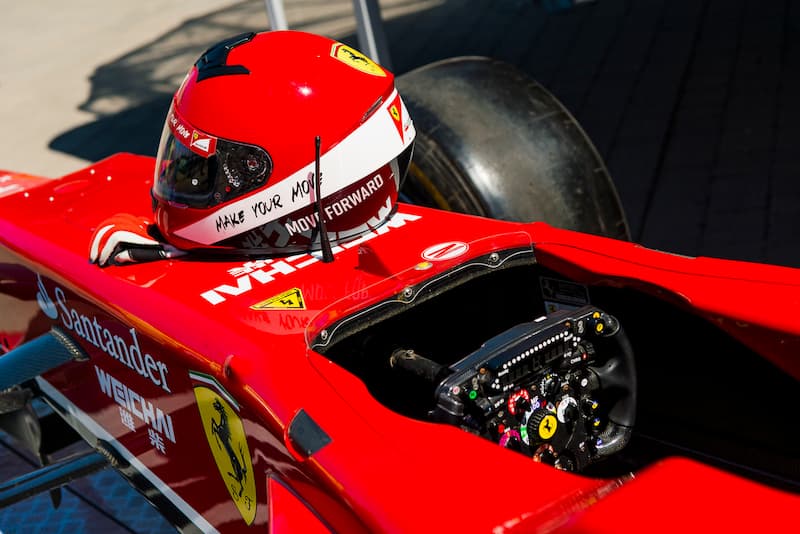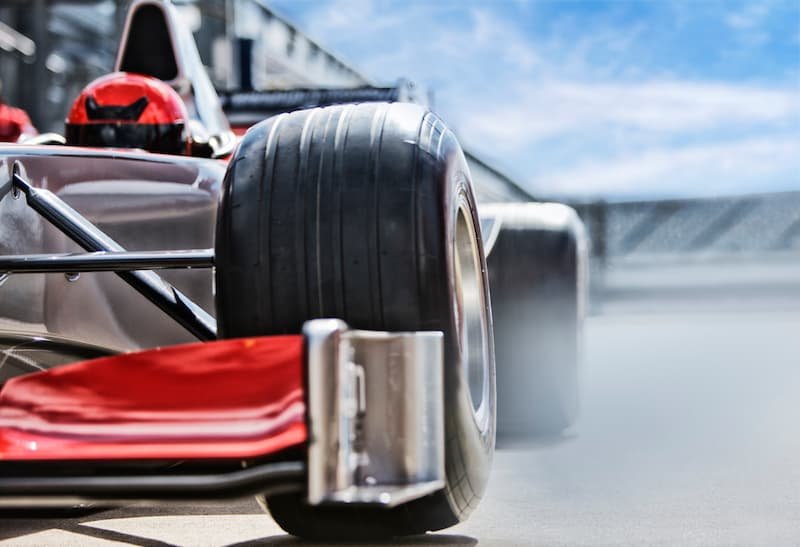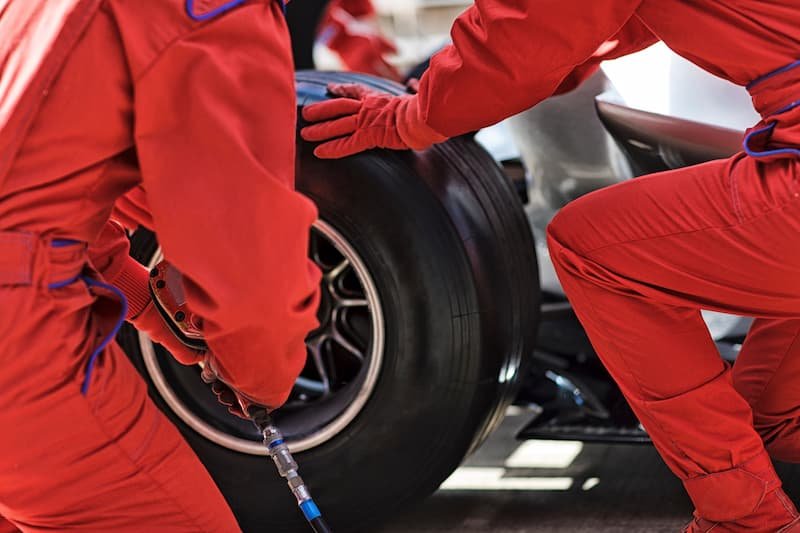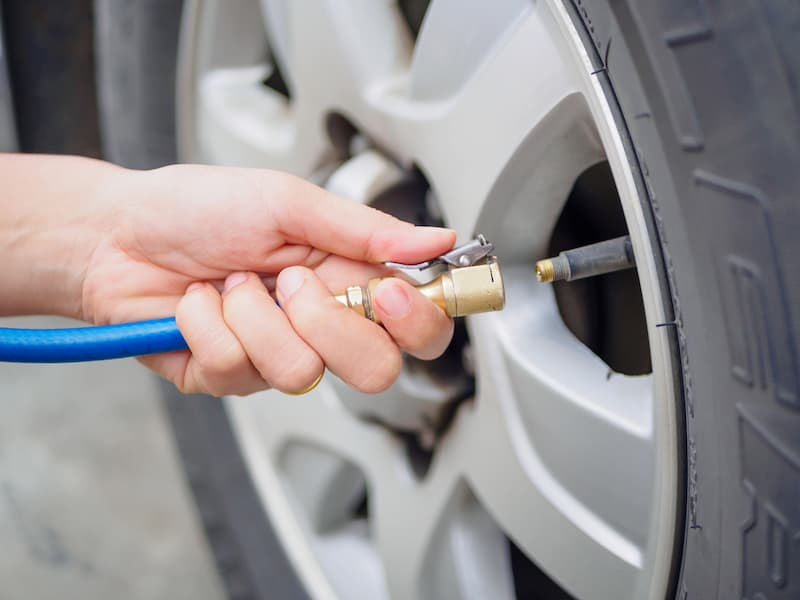 Add My Company
Add My Company

Tyre pressure—a seemingly simple yet critical aspect of vehicle performance, becomes an element of strategic importance in high-speed realms such as Formula 1 racing. Maintaining precise tyre pressure is essential to handling, stability, and overall performance on the racing circuit. In Formula 1, the choice of inflation gas isn’t just air—it’s nitrogen. Nitrogen’s stability and larger molecular structure than oxygen make it a favoured choice in crucial environments.
But the question remains: do these same benefits translate to domestic vehicles? As experts in bottle gases, we’ll delve into why nitrogen is used in Formula 1 tyres, dissect its benefits, and explore the impact, or potential lack thereof, on domestic cars.
Understanding the Role of Nitrogen in Inflating Tyres
When it comes to tyre inflation, two commonly used gases are air and nitrogen. Standard air-filled tyres consist of roughly 78% nitrogen, 20% oxygen, and 2% other gases, with tires usually filled at local petrol stations using a compressor that pulls in atmospheric air. Nitrogen inflation, on the other hand, primarily uses nitrogen, which delivers purity that exceeds 93%. In Formula 1, nitrogen is preferred over air for tire inflation. Nitrogen molecules are larger and less likely to seep through the tire’s rubber, resulting in more stable tire pressure over time and various conditions. Consistent tire pressure is critical in motor racing.

Nitrogen-filled tyres offer several benefits. They reduce the risk of tyre oxidation, resulting in less wear and tear and proper alignment. They also promote better fuel efficiency, longer tread life, and improved performance in endurance racing. For this reason, in Formula 1’s high-octane environment, nitrogen bottles are preferred over air for tire inflation due to their operational advantage.
Exploring the Impact of Temperature Variations
In the thrilling world of Formula 1, tyre temperature plays a significant role in vehicle performance. A tyre’s grip largely depends on its temperature, affecting how firmly a car can corner, accelerate, or brake. However, these temperatures can fluctuate due to various factors, such as road and weather conditions, speed, and, most critically, tire pressure.
When a tire undergoes high-speed stress, its internal temperature rises. In an air-filled tire, the moisture content increases the risk of temperature fluctuation, resulting in pressure changes. This can compromise vehicle control and tire integrity. Nitrogen, being a dry gas, eliminates this variable. It provides for a much more stable internal environment within the tire, helping to keep the temperature and, therefore, the tire pressure stable, delivering consistent performance throughout a race.

Air-filled and nitrogen-filled tires both follow the ideal gas law and expand with temperature changes. However, nitrogen-filled tires are more predictable due to the lack of moisture, allowing for better pressure management. This is especially beneficial in high-speed racing, where tire management is critical.
Effect of Nitrogen-filled Tyres on Racing Outcomes
The high-pressure, high-speed realm of motorsports demands peak performance at every level, and tyres are no exception. Nitrogen-filled tyres have been proven to deliver exceptional improvements in performance when compared to their air-inflated counterparts.
The consistent tyre pressure achieved with nitrogen significantly enhances handling and control, allowing drivers to manoeuvre their vehicles more precisely. A consistent contact patch (the tyre section in contact with the road) is maintained, improving both speed and stability. Reducing tyre wear and heat generation afforded by nitrogen inflation also results in lower pit-stop frequencies for tyre changes, a crucial factor in race strategy and eventual outcomes.
Nitrogen VS Air-filled Tyres: Probability and Precautions
A study by Consumer Reports found that tyres filled with nitrogen lost an average of 0.002896 bar per week, while air-filled tyres lost an average of 0.004619 bar per week. This means, theoretically, nitrogen-filled tyres lost the pressure equivalent to what air-filled tyres lost every 15 weeks in 24 weeks instead.

Although nitrogen-filled tyres might seem superior, they offer only a negligible benefit over regular air. They are not immune to pressure loss from everyday occurrences such as:
- Punctures
- Leaking valves
- Damage from the road
Also, believing that they don’t require frequent pressure checks is dangerous as it can lead to low tyre pressure, increasing the risk of accidents. Therefore, checking tyre pressure regularly is crucial, regardless of whether it’s filled with nitrogen or regular air.
Regular pressure checks and tyre maintenance provide safe and efficient driving. And for those who wish to use nitrogen, obtaining the correct kit and equipment, along with proper knowledge and practices, is essential. Remember, a tyre’s performance isn’t solely a matter of ‘what’ it’s filled with, but ‘how’ it’s also maintained.
Nitrogen at Adams Gas
At Adams Gas, we pride ourselves on supplying exceptional quality and reliable nitrogen gas cylinders. Our nitrogen is over 99.9% pure, providing the crucial consistency needed in motorsports. Whether it’s for Formula 1, endurance racing, or any discipline where optimal tyre performance is key, Adams Gas stands ready to meet your nitrogen needs, contributing to better race outcomes with our contractual gas cylinder filling.
We’re dedicated to guaranteeing your safety. Our bottled gas undergoes regular testing, and maintenance protocols exceed industry standards, ensuring that you receive products that are not only high-performing but also safe and reliable. With Adams Gas, you can trust in our commitment to quality, performance, and safety.
For more information on Why Are Formula 1 Tyres Filled With Nitrogen talk to Adams Gas

